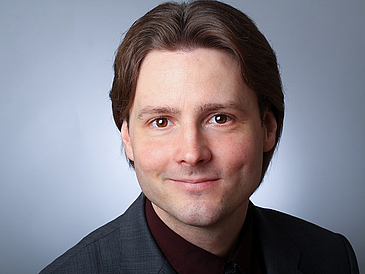Development of new Solar Array Concepts for Space Applications
Solar arrays are the main power source in space. Conventionally they are composed of stiff backing structures and brittle PV cells. While the power demands of space missions are increasing, e.g. for electric propulsion, the increase of efficiency of the solar cells itself is limited. New developments make use of flexible and semi-flexible solar array designs in order to achieve higher power/mass and power/volume ratios. An example is a two-dimensional deployment of solar arrays in order to increase the deployed area as instigated in DLR’s GoSolAr project. Such deployment strategies can be combined either with conventional photovoltaics, also using thinned wafer technology, or with thin-film technologies that are truly flexible. Development of such technology involves also deployment testing and testing of materials under the specific radiation environment that is present in space. In this talk I would like to give an overview about the development aspects, showing how we try to go beyond conventional array designs but still using photovoltaic solar cells.
Patric Seefeldt is a 39 years old mechanical engineer with a diploma (RWTH Aachen 2010) and a PhD (University of Bremen 2018). As deputy head of the Mechanics and Thermal Systems Department (since 2016) and head of the Material Aging Group (since 2019) at DLRs’ Institute of Space Systems, he is pursuing research in the field of innovative applications of new materials for space technologies.


